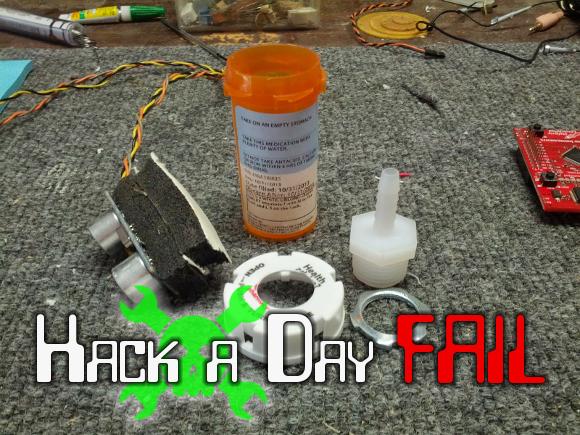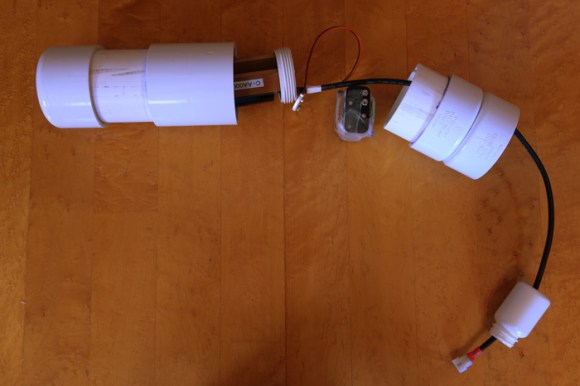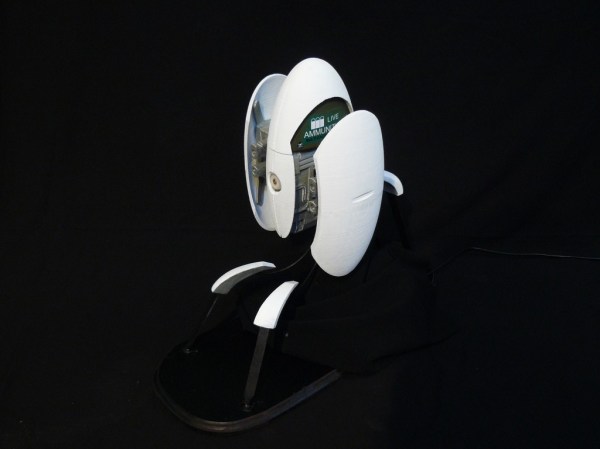For the last decade or so, [Jason] has wanted to build an underwater robot. Can you blame him? More recently, he’s been researching sonar sensing and experimenting with the relatively inexpensive HC-SR04 module. Since he had good luck getting it to work with a PC sound card and a Stellaris Launchpad, he figured it was time to try using it underwater.
Hydrophone research led him to the idea of submerging the sensor in mineral water oil to both seal it and couple it with the water. Unfortunately, the HC-SR04 only sends one pulse and waits for echo. Through the air, it reliably and repeatedly returned a small value. Once inside a pill bottle filled with mineral oil, though, it does something pretty strange: it fluctuates between sending back a very small value and an enormous value. This behavior has him stumped, so he’s going to go back to the Launchpad unless you can help him figure out what’s going on. Should he use a different method to seal it?
 Fail of the Week is a Hackaday column which runs every Thursday. Help keep the fun rolling by writing about your past failures and sending us a link to the story — or sending in links to fail write ups you find in your Internet travels.
Fail of the Week is a Hackaday column which runs every Thursday. Help keep the fun rolling by writing about your past failures and sending us a link to the story — or sending in links to fail write ups you find in your Internet travels.


















